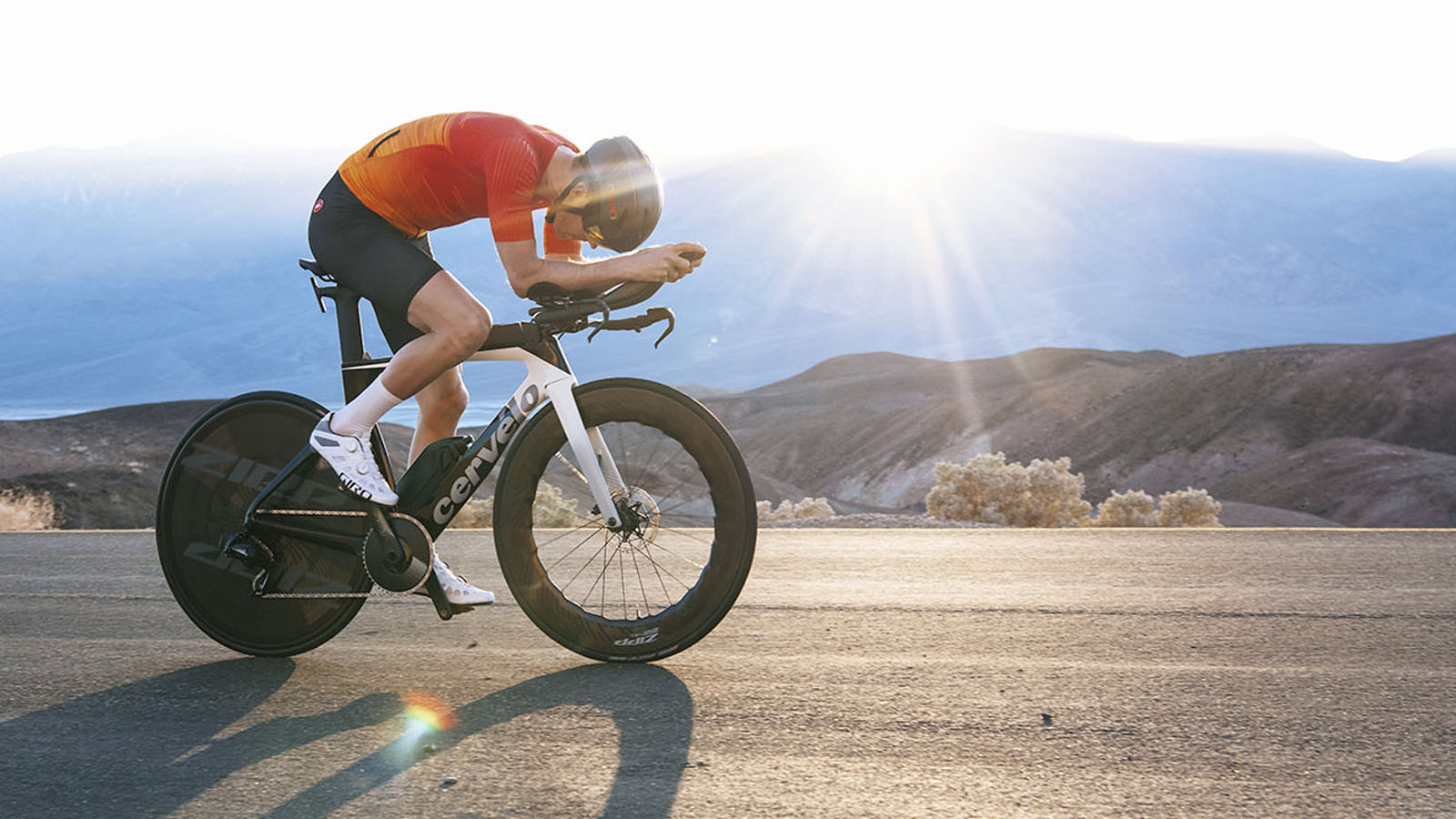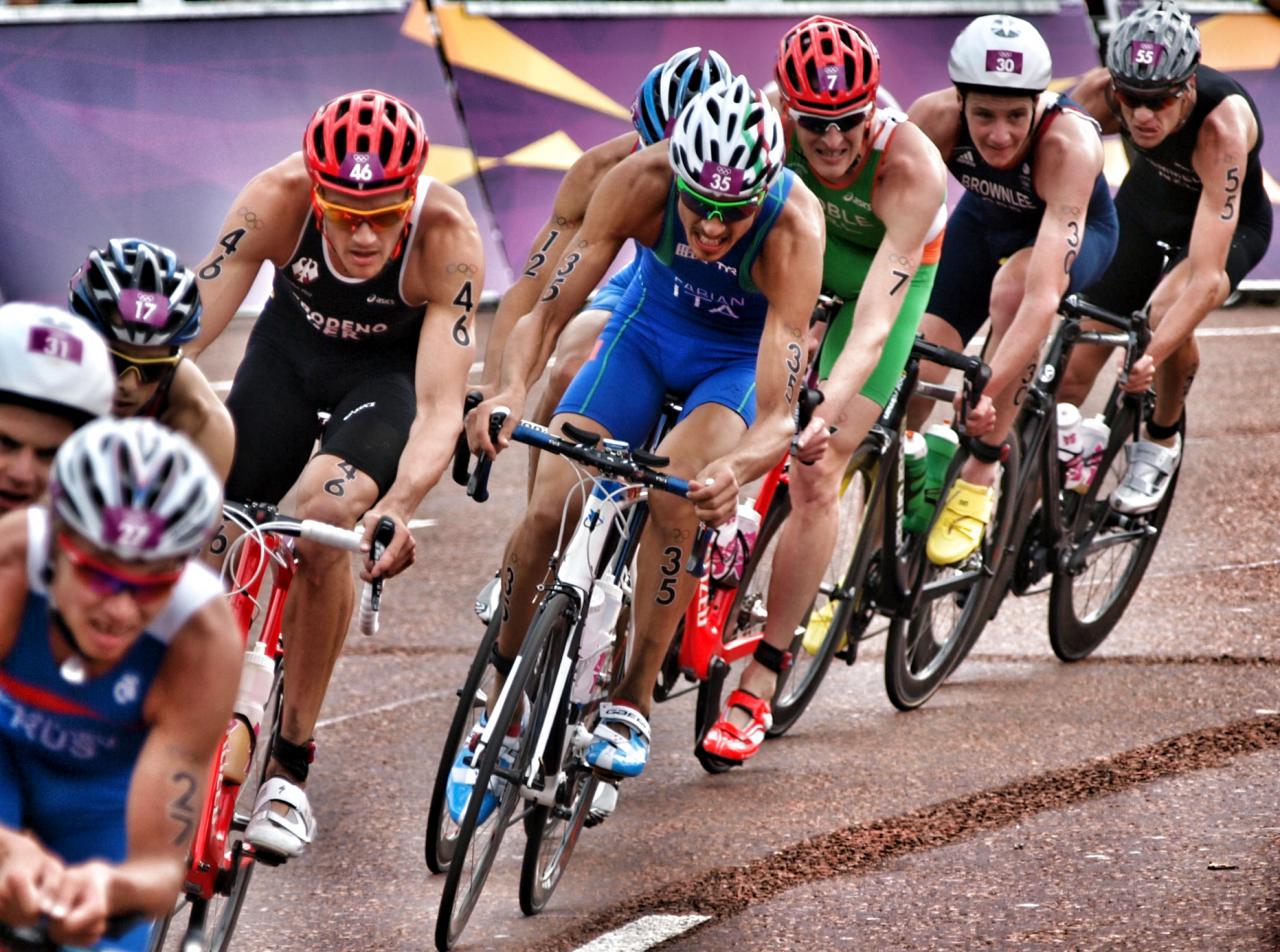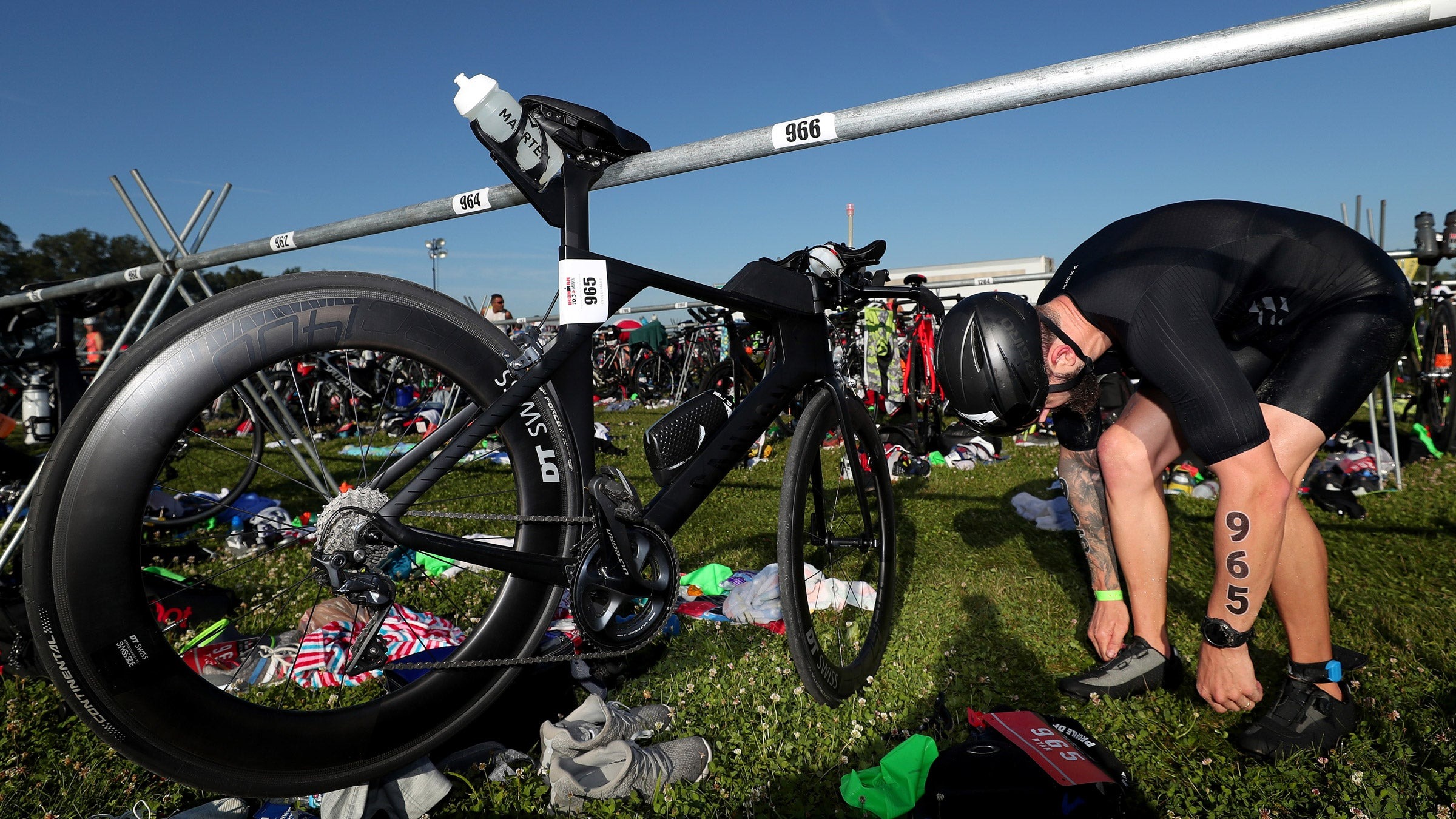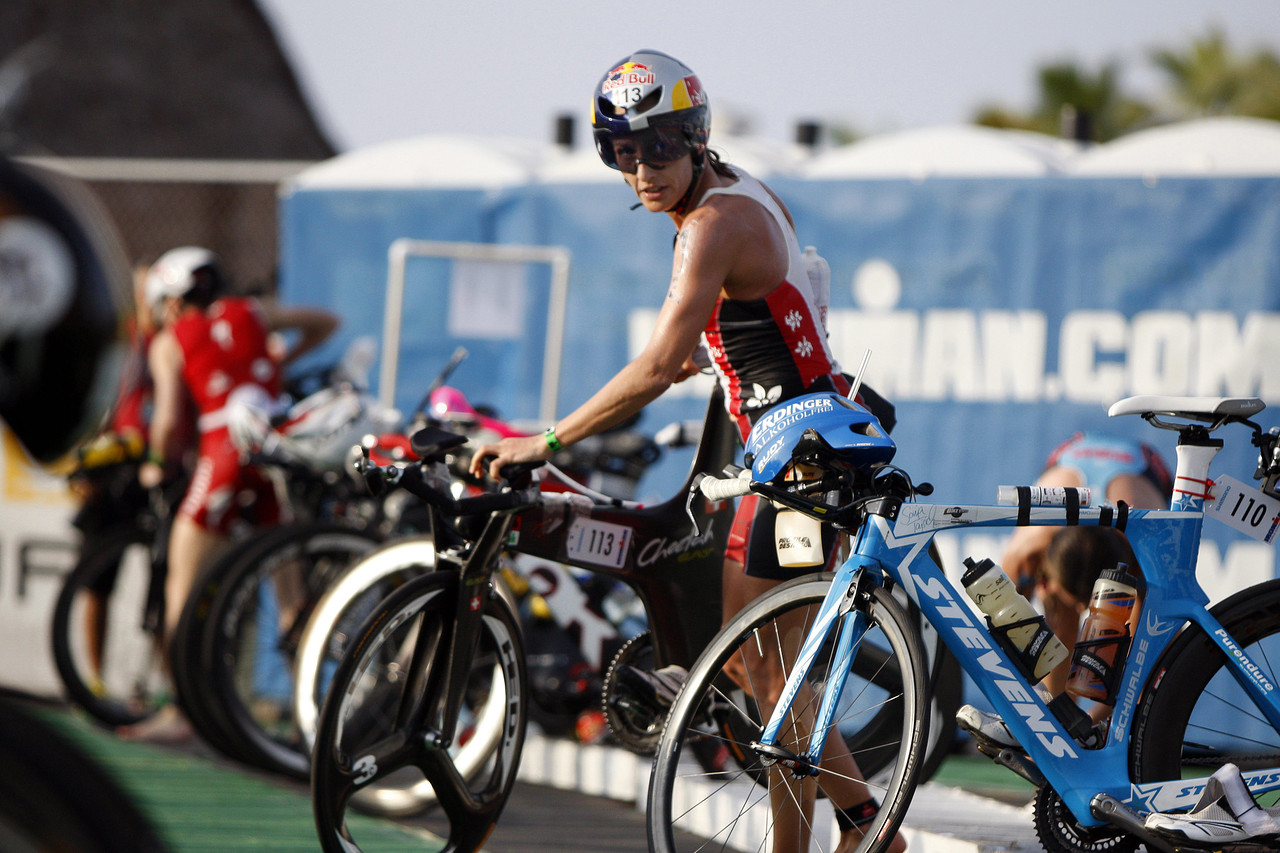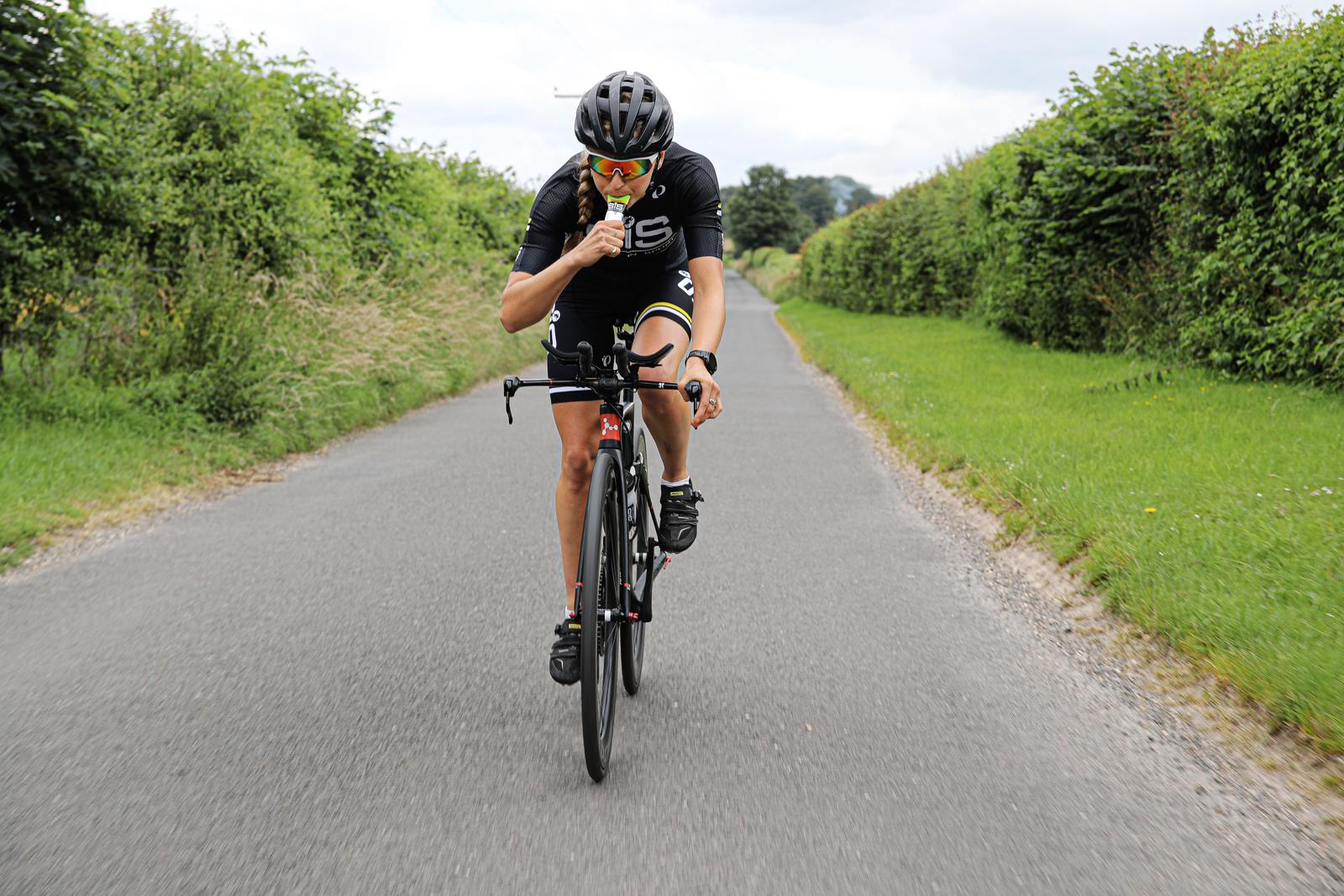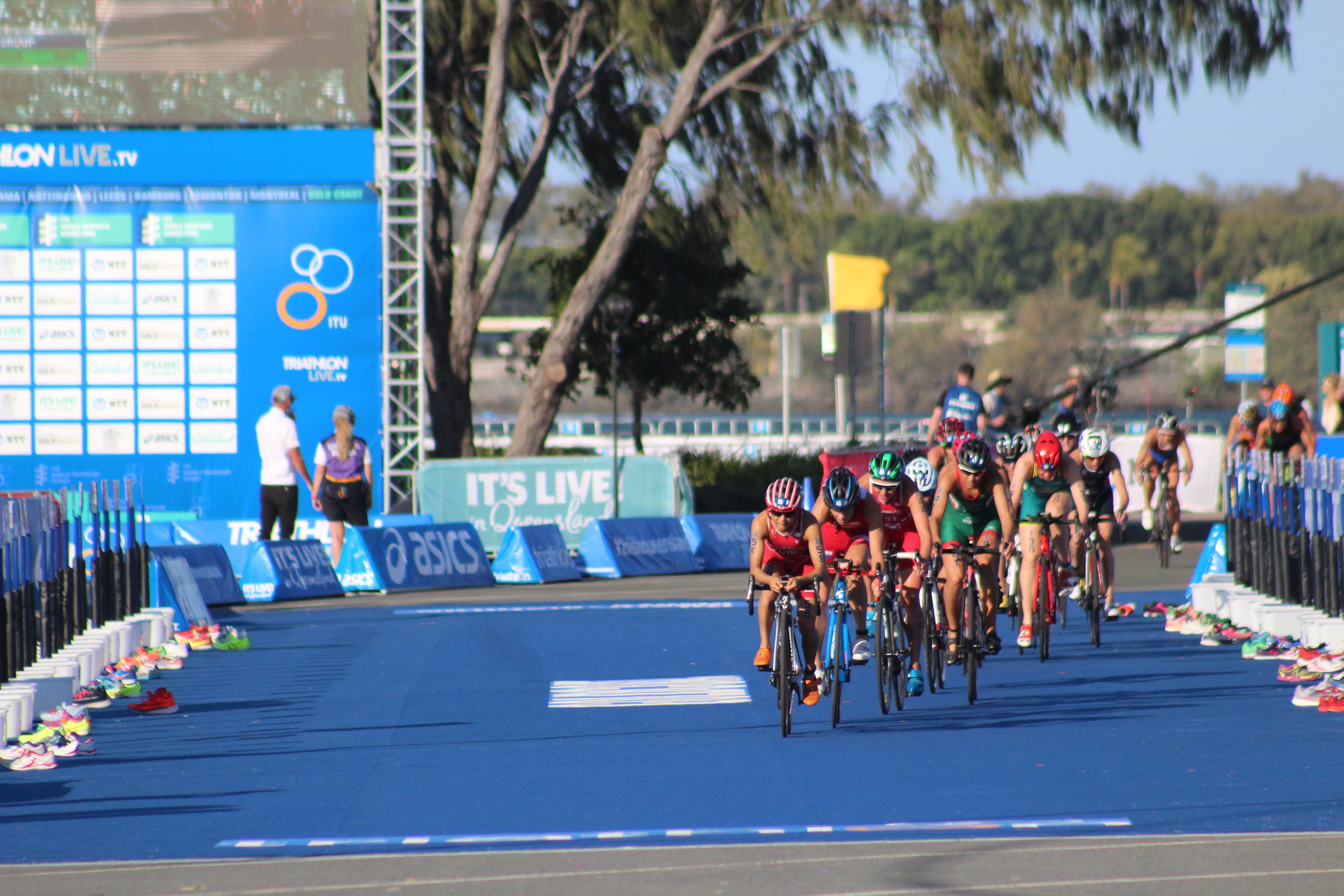Home>Misc>Featured>How To Change A Bike Flat Tire During Triathlon
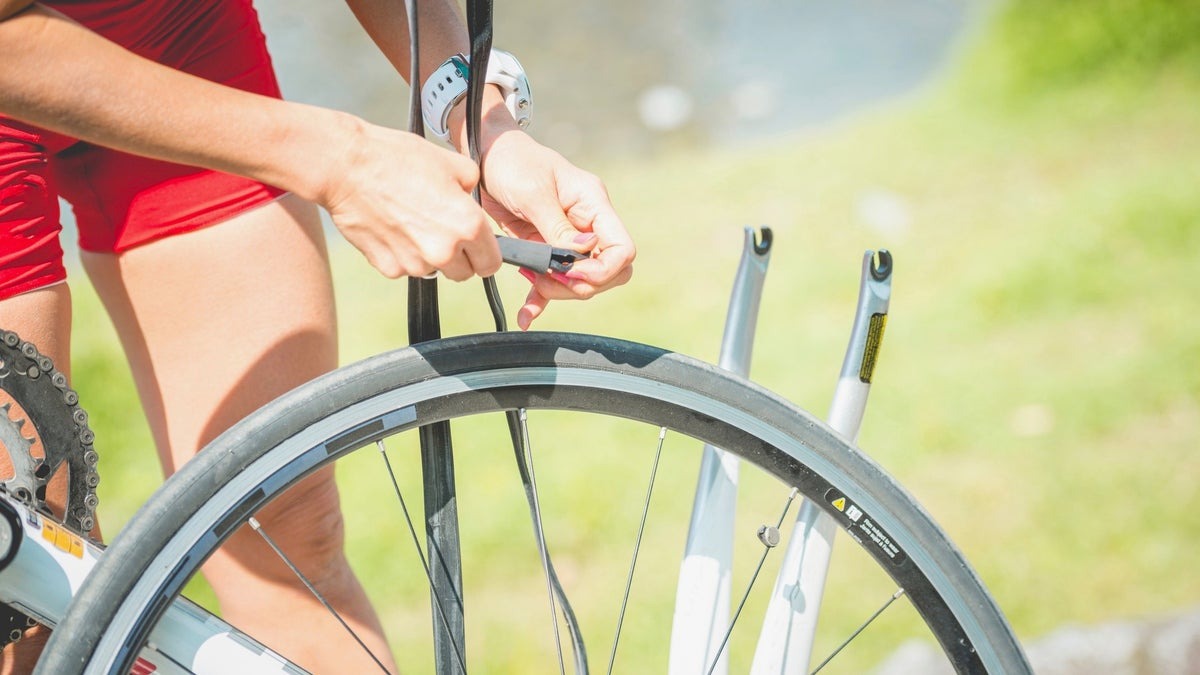

Featured
How To Change A Bike Flat Tire During Triathlon
Published: August 12, 2023
Learn how to quickly change a bike flat tire during a triathlon with our featured guide. Be prepared for any race-day mishaps and keep your momentum going.
Introduction
Participating in a triathlon can be an exhilarating and rewarding experience, but it also requires careful preparation and the ability to tackle unexpected challenges. One such challenge that every triathlete should be prepared for is a flat tire during the bike leg of the race. Dealing with a flat tire can be stressful, especially when you are in the middle of a competition. Fortunately, with the right knowledge and tools, you can quickly change a bike flat tire and get back in the race.
Understanding how to change a flat tire during a triathlon is crucial not only to ensure a smooth race experience but also to avoid potential injuries or setbacks. In this article, we will guide you through the process of changing a bike flat tire, providing you with step-by-step instructions, essential tools, and essential tips for a quick tire change during a race.
Before we dive into the details, it’s important to note that there are different types of bike tires available, and each requires specific handling and tools. The most common types are clincher, tubular, and tubeless tires. Clincher tires are the most popular among triathletes due to their ease of use and versatility. However, it’s worth familiarizing yourself with the different types to ensure you are adequately prepared in case of a tire failure.
To successfully change a flat tire, you will need a few essential tools. It’s important to have these tools readily available, either in your bike maintenance kit or in a saddlebag or pouch attached to your bike frame. The necessary tools include a spare inner tube, tire levers, a CO2 inflator or a pump, and a multitool. These tools will allow you to remove the damaged tire, replace it with a new one, and inflate it to the correct pressure, getting you back on the road in no time.
Understanding the different types of bike tires
Before you can effectively change a bike flat tire, it’s essential to understand the different types of bike tires available and how they differ in terms of construction and maintenance. While there are various types of bike tires on the market, the three main types commonly used in triathlons are clincher, tubular, and tubeless tires.
Clincher Tires: Clincher tires are the most common and widely used type among triathletes. They consist of a separate inner tube enclosed within the outer tire casing, which is then clinched to the rim with the help of bead hooks. Clincher tires are popular due to their ease of use, as they can be easily replaced and repaired on the road. They come in a wide range of sizes and offer a good balance of performance, durability, and affordability.
Tubular Tires: Tubular tires, also known as sew-up tires, are commonly used in professional racing. Unlike clincher tires, tubular tires do not have an inner tube. Instead, the tube is integrated into the tire itself, forming a complete unit. Tubular tires are glued or taped onto the rim, offering a more supple and lightweight feel. Although they provide superior performance in terms of grip and ride quality, they are more challenging to fix on the road and are typically more expensive.
Tubeless Tires: Tubeless tires are gaining popularity among triathletes and road cyclists. They eliminate the need for an inner tube by creating an airtight seal between the tire and rim. Tubeless tires have a liquid sealant inside that fills punctures as they occur, reducing the likelihood of a flat tire. This type of tire offers a smoother ride, better traction, and the ability to run lower tire pressures for improved comfort. However, they require specific rims and compatible tires, and setting them up initially can be more time-consuming and challenging.
By understanding the different types of bike tires, you will be better equipped to handle potential tire failures during a triathlon. Ensure you have the necessary knowledge and tools for the specific tire type you are using, allowing you to change a flat tire quickly and effectively, minimizing the interruption to your race.
Essential tools you will need
When it comes to changing a bike flat tire during a triathlon, having the right tools can make all the difference in how quickly and effectively you can get back on the road. Before you head out for your race, make sure you have the following essential tools readily available:
- Spare inner tube: Carrying a spare inner tube is a must. It’s a good idea to carry a tube that matches the size and valve type of your current tire. A punctured tube can easily be replaced with a spare, allowing you to get back on the road without the need for repair.
- Tire levers: Tire levers are essential for removing the tire from the rim. These small and lightweight tools are used to pry the tire away from the rim, making it easier to replace the inner tube. It’s recommended to carry at least two tire levers to make the process smoother and avoid damaging the tire or tube.
- CO2 inflator or pump: Having a reliable way to inflate the new inner tube is crucial. There are two main options: a CO2 inflator or a traditional pump. A CO2 inflator is compact and can quickly inflate the tire using a CO2 cartridge. It’s lightweight and ideal for race situations. However, it’s essential to practice using it beforehand to ensure familiarity and avoid wasting cartridges. A pump, on the other hand, requires manual effort but provides a more sustainable and reliable option for inflation.
- Multitool: A multitool is a versatile tool that includes various sizes of Allen wrenches, screwdrivers, and other essential tools. It comes in handy for adjusting brakes, tightening bolts, and making minor repairs on the go. Look for a multitool that is compact, lightweight, and suitable for your specific bike setup.
Having these essential tools within easy reach, either in a bike maintenance kit or attached to your bike frame, will ensure that you are well-prepared to tackle a flat tire during a triathlon. Remember to familiarize yourself with these tools and their usage beforehand to save valuable time during the race.
Step-by-step guide to changing a bike flat tire during a triathlon
Experiencing a flat tire during a triathlon can be frustrating and stressful, but with a step-by-step approach, you can quickly change your bike flat tire and resume your race. Follow these instructions to ensure a smooth and efficient tire change:
- Find a safe spot: When you realize you have a flat tire, safely navigate to the side of the road or a designated area away from other athletes. This ensures your safety and prevents any accidents or hindrances to other participants.
- Release the brake: If your bike is equipped with rim brakes, release the brake mechanism to make it easier to remove the wheel. This is usually done by squeezing the brake arms together or releasing the quick-release lever. For disc brakes, no adjustment is necessary.
- Remove the wheel: Use your multitool or quick-release lever to loosen the axle or skewer holding the wheel in place. Once loose, gently pull the wheel out of the dropouts. If you have rim brakes, this may require deflating the tire slightly to create enough clearance to remove it.
- Deflate and remove the tire: Using tire levers, insert them between the tire bead and the rim. Lever up one side of the tire, then slide the lever along the rim to detach the bead from the rim. Repeat this step on the other side and remove the tube from inside the tire.
- Inspect the tire and rim: Take a moment to inspect the inside of the tire and the rim for any sharp objects or debris that may have caused the puncture. Remove any foreign objects carefully to avoid further damage to the tube.
- Install the new tube: Inflate the new inner tube slightly to give it shape. Starting with the valve, insert the tube into the tire, making sure it is positioned evenly. Begin working the tire back onto the rim, starting at the valve and working your way around both sides. Be cautious not to pinch the tube with the tire lever.
- Inflate the tire: Use your pump or CO2 inflator to inflate the tire to the recommended pressure. Consult your tire manufacturer’s guidelines for the correct pressure range. Make sure the tire is evenly seated on the rim and check for any signs of bulging or misalignment.
- Reinstall the wheel: Carefully slide the wheel back into the dropouts, ensuring that it is seated properly. Tighten the axle or skewer and close the quick-release lever securely. If you have rim brakes, reposition the brake pads so they align properly with the wheel’s rim.
- Test and readjust: Before getting back on your bike, check that the tire is fully inflated and secure. Test the brake function and give the wheel a gentle spin to ensure it rotates smoothly without any issues.
By following these steps, you can confidently change your flat tire during a triathlon without wasting too much time or energy. Practice this process during your training sessions to become more familiar and efficient, ensuring that you are well-prepared for any unexpected tire mishaps during the race.
Tips for a quick tire change during a race
During a triathlon, every second counts. If you find yourself dealing with a flat tire, it’s important to change it quickly and efficiently to minimize the impact on your race time. Here are some tips to help you perform a quick tire change during a race:
- Practice tire changes: Regularly practice changing your bike’s flat tire, ideally under race-like conditions. Set up a mock transition area and time yourself, aiming to improve your speed and efficiency with each practice session. Practicing under pressure will help you become more comfortable and confident with the process.
- Carry essential tools: Make sure you have the necessary tools readily accessible, either in a bike maintenance kit or attached to your bike frame. Securely store your spare inner tube, tire levers, CO2 inflator or pump, and multitool in a way that allows for quick and easy access during a race.
- Know your equipment: Familiarize yourself with your bike and its components before the race. Understanding how your bike’s quick-release levers, brakes, and tire systems work will significantly speed up the tire change process. Practice releasing and reattaching the wheel to ensure you can do it effortlessly during a race.
- Choose a suitable spot: When you discover a flat tire, move to an area away from the main flow of athletes, but still visible to race officials. Selecting an appropriate location ensures your safety and allows you to focus on the tire change without disrupting other participants.
- Stay calm and focused: Dealing with a flat tire can be stressful, but it’s crucial to remain calm and maintain focus. Panic and rushing can lead to mistakes or mishaps that could cost you more time. Take a deep breath, assess the situation, and follow the outlined steps methodically.
- Use efficient tire lever techniques: When removing or installing the tire, employ efficient tire lever techniques to minimize effort and time. Instead of using excessive force, position the tire lever near the valve, leverage it against the rim, and slide it around the circumference of the rim gradually, slowly freeing the tire bead from the rim.
- Inflate the tire properly: Be mindful of inflating the tire to the optimal pressure. Overinflating can result in a harsh ride, increased risk of another flat, or even damage to the tire. Underinflating can cause sluggishness and increased rolling resistance. Maintain consistency with your typical tire pressure for optimal performance.
- After the change, double-check everything: Before you continue the race, double-check that the tire is properly seated on the rim, the wheel is securely attached to the bike frame, and the brakes are functioning correctly. These final checks will ensure your safety and a smooth race experience.
By incorporating these tips into your race-day routine and being well-prepared, you can handle a flat tire quickly and efficiently, minimizing the impact on your overall race time and maintaining your competitive edge.
Conclusion
Dealing with a flat tire during a triathlon can be a stressful and inconvenient experience, but with the right knowledge and preparation, you can overcome this challenge and get back on track. Understanding the different types of bike tires, having the essential tools readily available, and following a step-by-step guide will enable you to change a flat tire quickly and efficiently during a race.
By familiarizing yourself with clincher, tubular, and tubeless tires, you will be prepared to handle any type of tire failure that may occur. Additionally, having the necessary tools such as a spare inner tube, tire levers, a CO2 inflator or pump, and a multitool will allow you to tackle the tire change process effortlessly.
Following a systematic step-by-step guide, you can safely and effectively change your bike flat tire during a triathlon. Finding a safe spot, releasing the brake, removing the wheel and tire, inspecting for any foreign objects, installing the new tube, inflating the tire, and reattaching the wheel are essential steps in the process.
To ensure a swift tire change during a race, it is essential to practice and become comfortable with the process. By simulating race-like conditions, practicing under pressure, and timing yourself, you will improve your speed and efficiency during a tire change.
Finally, incorporating the tips of choosing a suitable spot, staying calm and focused, using efficient tire lever techniques, and double-checking everything after the change will contribute to a quick and successful tire change during a race.
With these insights and recommendations, you are well-equipped to handle a bike flat tire during a triathlon. Remember to stay calm, stay focused, and practice regularly to ensure a seamless race experience. Don’t let a flat tire derail your race; be prepared and ready to conquer any obstacles that come your way on the road to triathlon success.

